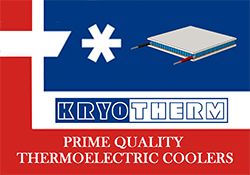Intelligent thermal management is a key area of interest for delivering ever more efficient vehicles. The ability to redistribute and reroute thermal energy around the vehicle, it’s subsystems and environment enables for example, quicker component conditioning to optimal operating conditions. This in turn can yield reduction in on-board energy source utilization for things other than vehicle propulsion.
On BEVs (Battery Electric Vehicles) a particular area of interest is the thermal management of the battery and cabin, without requiring significant use of power from the battery itself. The interest in this area is to minimize the impact of subsystem conditioning on vehicle range.
Heat pumps are becoming more popular for moving thermal energy throughout the vehicle systems. Systems vary from simple ones which take heat out of the outside air, transferring it to vehicle subsystems which require heating up. In a reverse situation the same heat pump system could be used for chilling the cabin air or other vehicle components.
The coupling of vehicle subsystems to the heat pump heat exchangers requires careful design and evaluation of fluids routing throughout the vehicle. Conventional vehicle architectures may require substantial re-engineering to accommodate the heat pump fluid circuitry layout, particularly for heat pump systems which interact with multiple vehicle subsystems.
This paper applies systems engineering to the evaluation and selection of a multiple-subsystem integrated heat pump for BEV applications. Benefits of scenarios and configurations are evaluated and discussed to narrow down the feasible solutions prior to hardware development and demonstrator assembly.
The scenarios cover both warm-up and pull-down situations with a particular focus on warm-up (predicted to be the worst case for BEV range reduction). The work identifies ways to minimize the use of PTC (Positive Thermal Coefficient) devices where electrical energy is used to heat up a fluid (cabin ventilation air, for example), such energy typically being drawn from the traction battery.
Benefits of the investigated heat pump configurations are given in terms of reduced heating power drawn from the traction battery but also improvement on vehicle range as a result of optimized thermal energy transfer across the vehicle systems.



